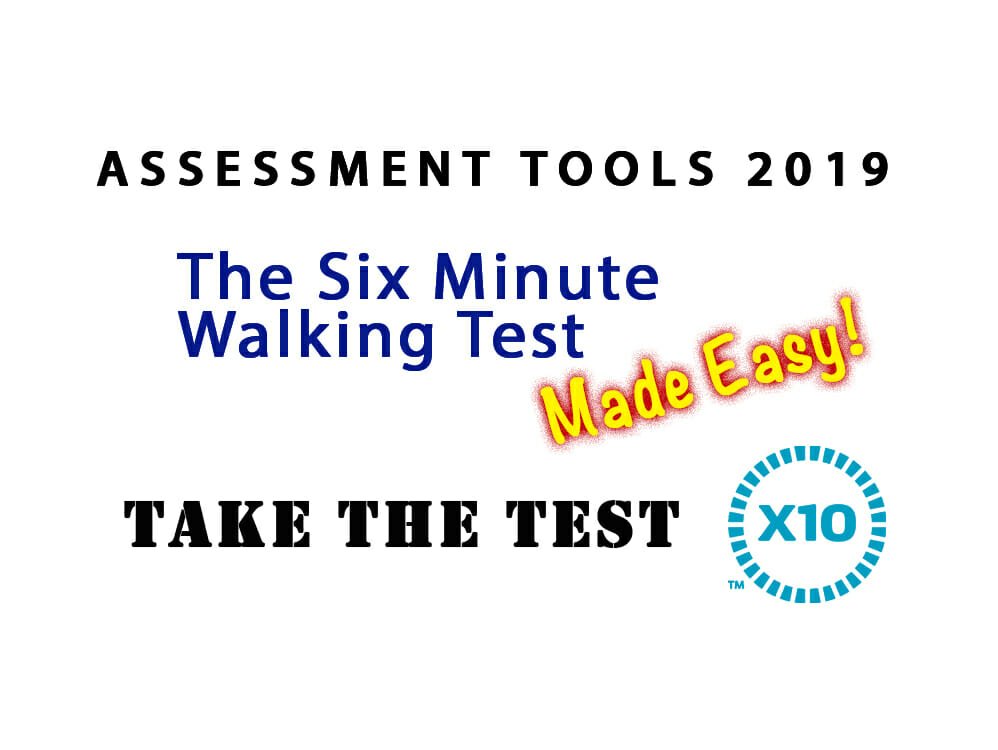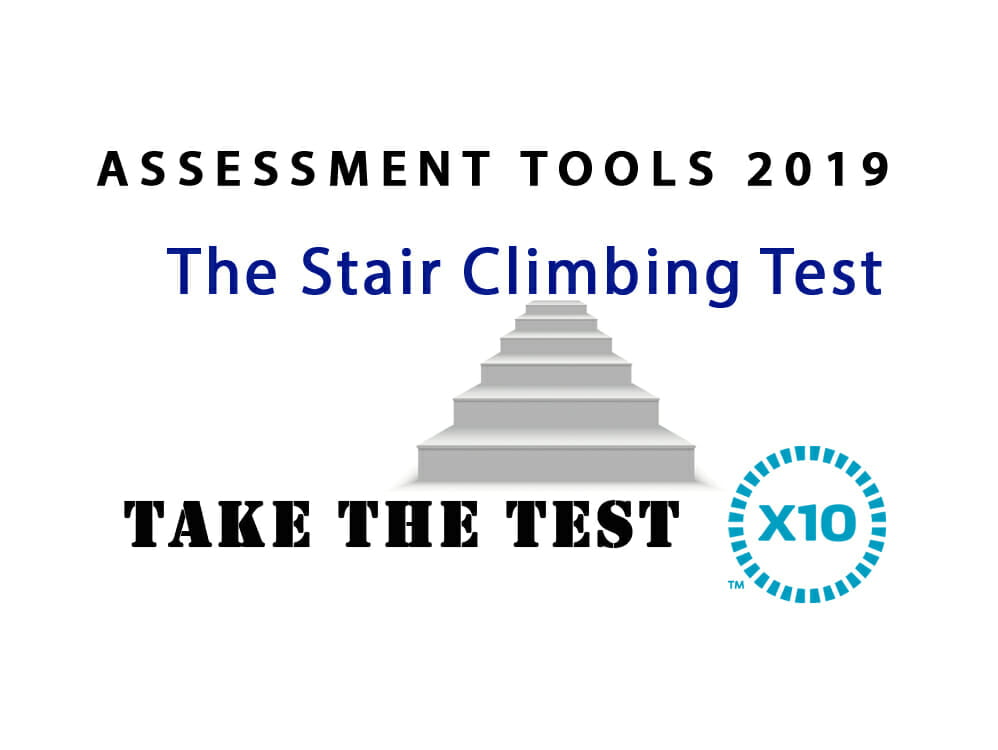Below we have a number of knee assessment tools for you to use before and after surgery. Bookmark this page as you will want to compare results as you go through the surgery and recovery process. We want you to cover all of your bases.
- Diagnosis and Understanding: It helps in accurately diagnosing the condition of the knee, determining the exact nature and extent of the problem, and understanding any associated issues like inflammation, cartilage damage, or ligament tears.
- Treatment Planning: Based on the assessment, the healthcare team can devise an appropriate treatment plan tailored to the individual patient’s needs. This might involve surgery, physical therapy, medication, or a combination of these approaches.
- Risk Assessment: It allows for a thorough evaluation of the patient’s overall health status and any potential risk factors that could affect the surgery or recovery process. This includes assessing for conditions like diabetes, heart disease, or previous surgeries that might impact the procedure.
- Patient Education and Expectation Management: A knee assessment provides an opportunity for healthcare providers to educate the patient about the procedure, its risks, benefits, and expected outcomes. Managing patient expectations is crucial for ensuring satisfaction with the results of the surgery.
- Preventive Measures: Identifying any pre-existing conditions or factors that could increase the risk of complications during or after surgery allows the healthcare team to take preventive measures. This might include optimizing the patient’s overall health, adjusting medications, or implementing specific protocols to reduce the risk of complications such as infection or blood clots.
Be sure to visit our blog: THE X10 META BLOG
And – Two wonderful (and free) email series for you – each full of educational resources for knee surgery and recovery – can be found if you click on the pic below to subscribe.













